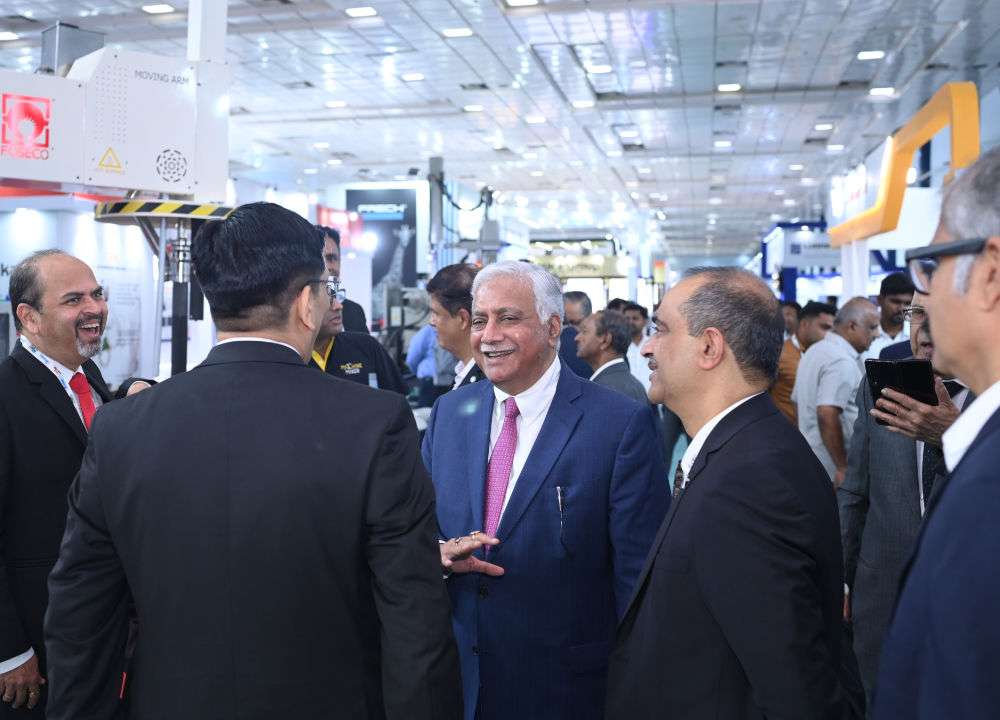Prime Minister Narendra Modi’s flight in the Tejas, India’s indigenous fighter jet, marks a monumental moment, symbolizing the nation’s advances in aerospace and self-reliance. This event not only showcases the success of the ‘Make in India’ initiative but also represents a shift in India’s global stance. The Tejas, embodying technological prowess and national pride, illustrates India’s journey from dependence to innovation, signifying a new era of domestic capabilities and international aspirations in defense and beyond.
On November 25, 2023, Prime Minister Narendra Modi posted on his X handle, “Successfully completed a sortie on the Tejas. The experience was incredibly enriching, significantly bolstering my confidence in our country’s indigenous capabilities, and leaving me with a renewed sense of pride and optimism about our national potential.” With this feat, he became the first Indian Prime Minister to fly a fighter jet. This was an extremely proud moment, not only for the Indian Air Force (IAF), but for the entire nation of 140 billion.
When such proud moments occur, the lot of thoughts flow through one’s mind. What does this flight mean? What did the Prime Minister intend to convey through this feat? Among all the fighter jets India possesses in its arsenal, why did he choose to fly on Tejas? Is it just a flight to encourage the “Make in India” initiative or is it a symbol of something far greater, far deeper than that? And, on top of everything else, what does it mean for India as a nation?
It is a well-known fact that Tejas—literally meaning Radiance—is the first ever indigenously developed fighter aircraft and one of the major reasons for PM Modi flying it was to applaud the genius of our scientists and engineers who made this achievement possible. But, at the same time, it is also a statement that “India has arrived” on the global stage, and not silently but with a bang.
What You Need to Know About Tejas

Tejas is a single-engine Light Combat Aircraft (LCA), which is meant to perform multiple roles. It has a delta wing design—triangular wing shape, in other words—without a tail and is designed to be easily maneuverable and agile. The Tejas aircraft was created by the Aeronautical Development Agency (ADA) in collaboration with the Aircraft Research and Design Centre (ARDC) of Hindustan Aeronautics Limited (HAL). They designed it for use by the Indian Air Force and the Indian Navy.
The Indian LCA programme started way back in the 1980s. However, it was delayed due to several disclosed and undisclosed reasons. Then, in 2001, late Atal Bihari Vajpayee officially named the LCA as Tejas. After several tests and adjustments over the years, Tejas obtained first operation clearance in 2011 and then the final one in 2019. Right now, Tejas boasts three operational models viz., the Mark 1, Mark 1A and a trainer version. The Tejas Mark 2 is being developed by HAL currently; it is anticipated to be production-ready by 2026.

Although India has been known to import most of its weapons from countries such as Russia, America, and France, the development of Tejas has given rise to India’s aspirations to export defense equipment and weapons and enter the league of “big guys”. Currently, the Indian government is in talks for the export of Tejas with countries such as the Philippines, Egypt, and Argentina. And this is just the starting point of India’s rise on the world stage; there is still a long way to go!
Kudos to the Make in India Spirit
When PM Modi announced the Make in India initiative in 2014, pretty much the entire country was skeptical. After all, India was never used to make everything on its own in the 74 years of its independence from the colonial rule. That is to say, we did gain independence, but our minds were, and to some extent, are still colonized. “We need to get new guns for the army. Oh, let’s take help from Israel or let’s buy from Russia.” “We have found lithium reserves in Jammu; let’s use them to make semiconductors. But do we have the capability and know-how? Let’s import from China.” This pretty much has been our mindset as Indians over the years, and with the launch of Make in India, the Prime Minister intended to change it. This was a far greater challenge than it seemed.
Changing the mindset of the people of a country caught amidst tradition and technology was a challenging task. But it is also true that sometimes one only needs to kick start something and the chain reaction follows. This precisely seems to have happened in the case of India. When entrepreneurs started getting incentives, tax rebates, and the ease-of-doing-business support from the government and institutions, the country saw a surge in startups with innovative ideas, which made their mark on the global platform. This also brought in huge amounts of foreign investments into India, thus making the Make in India initiative not only successful, but also popular worldwide. As per the Invest India statistics, as of October 2023, India boasts 111 unicorn companies, collectively valued at $349.67 billion. Moreover, India has also seen the addition of five startups to its decacorn group as of October 2023.
Apart from just economic gains, Make in India has also succeeded in igniting a sense of national pride within Indians, a sentiment that seemed to have been long lost since independence. This feeling of “I am an Indian and I am proud of it”, has not only helped instill a sense of responsibility—giving back to the country—but has also earned us, Indians, a lot of respect overseas. Now, the so-called First World countries have started to look at India as nation on a soaring growth trajectory, rather than a downtrodden, backward, Third World country with limited potential.
What the Future Holds
If we continue on the path we have embarked on, the future of India as a self-sufficient country with never-ending prospects is as bright as the Sun. Contrary to the continued skepticism of some people and anti-India lobbies worldwide who still maintain that India won’t be able to sustain its rapid growth trajectory in the long run, the events and trends unfolding globally say otherwise.
From defense to IT, medical to machinery, and from fintech to food, India has shown tremendous promise since last 10 years. Like it has been repeatedly highlighted on different platforms by PM Modi that ‘this is India’s area’, the country is definitely showing promise. But more than that, it is the Indian spirit, which is and the realization that India, as a nation, is capable of far more than what the world and India itself thought for a long time.
And this is exactly what PM Modi, when he flew the Tejas, symbolized. He meant to tell us, Indians, to take pride in being the citizens of such as great country, such a great civilization that knows only to grow and flourish despite the overwhelming odds. This is not just the story of Tejas; this is the story of India, or 140 billion Indians who, with their commitment, dedication, integrity, and spirit, are all geared up to get India to the top, thanks to Make in India and the confidence and sense of pride it has inculcated into the Indian mind.








